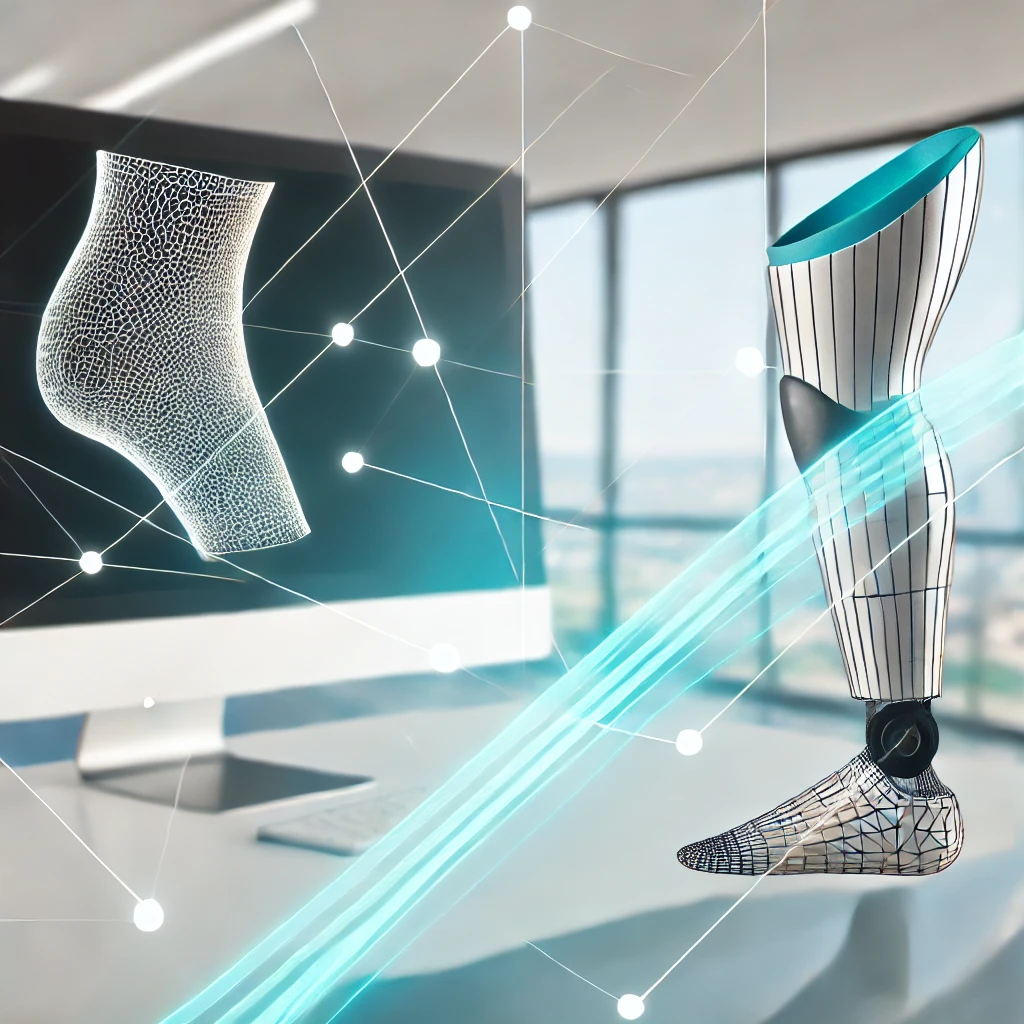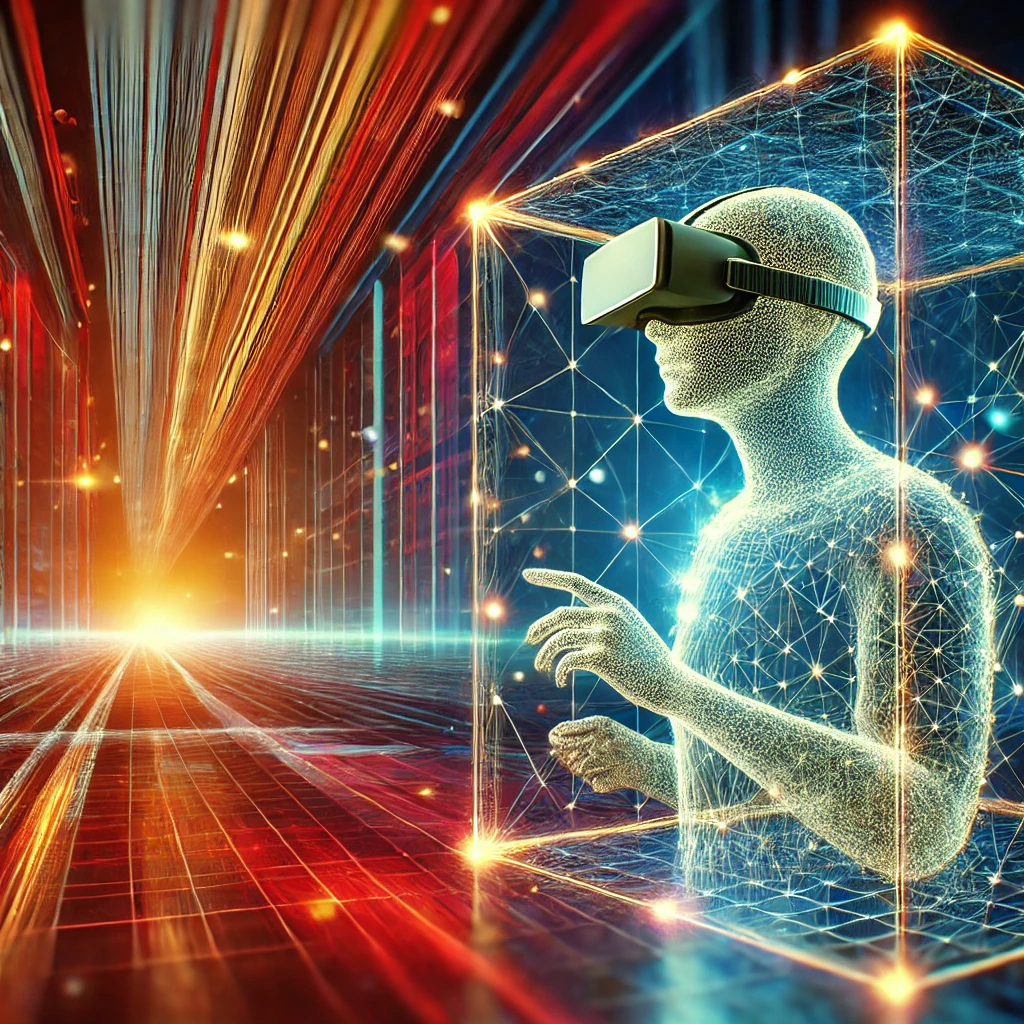Introduction
Computer vision is one of the most exciting and fast-evolving fields in technology today. It’s the science of enabling machines to “see” and understand the visual world, much like we humans do. But how did we go from simple 2D image recognition to creating fully immersive 3D worlds? Let’s dive into the fascinating journey of computer vision and explore how it has transformed over the years.
The Early Days: Understanding 2D Images
In the beginning, computer vision was all about recognizing patterns in 2D images. Think of it as teaching a computer to identify objects in photographs—like telling a cat from a dog. The process involved feeding a machine thousands of labeled images and letting it learn the distinguishing features of each object.
These early models were pretty basic and often struggled with real-world variations like lighting, angle, or background clutter. But as the algorithms improved, so did the accuracy of these systems. By the mid-2000s, computer vision could perform tasks like face detection and simple object recognition with reasonable reliability.
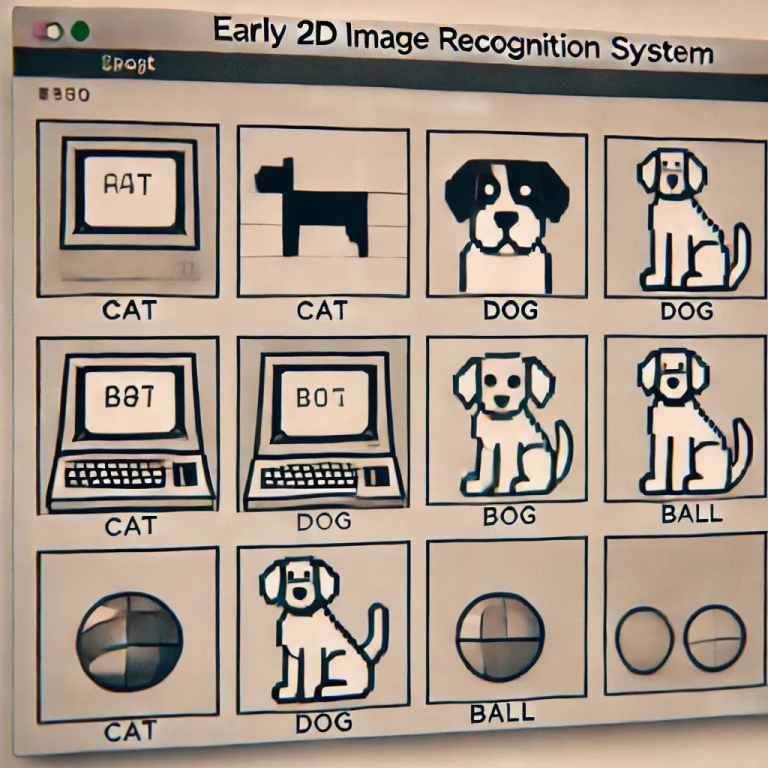
The Leap to 3D: Adding Depth to Vision
As technology advanced, so did our ambitions. We no longer wanted computers just to recognize objects in flat, 2D images; we wanted them to understand the depth and spatial relationships between objects. This marked the beginning of the transition from 2D to 3D computer vision.
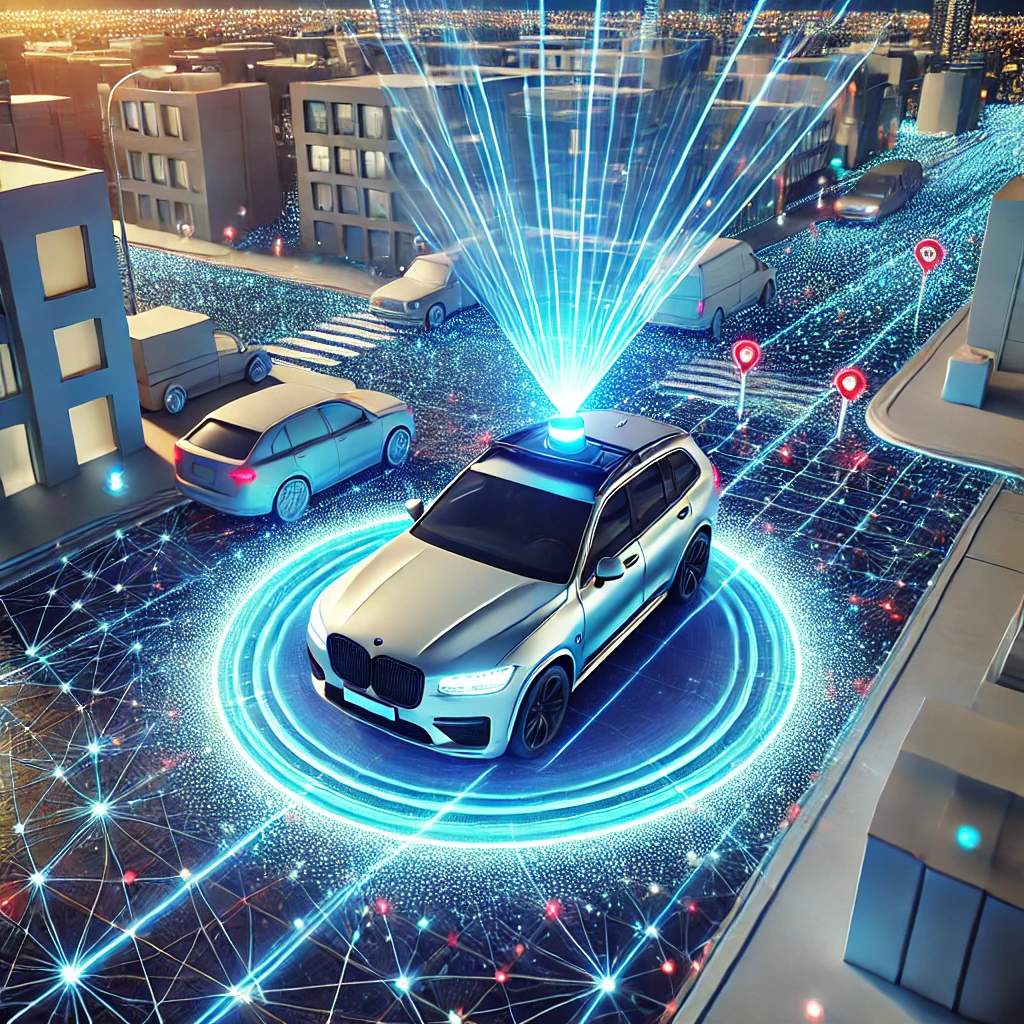
One of the key technologies enabling this shift is stereo vision, inspired by how our own eyes work. By capturing images from two slightly different angles (like our left and right eyes), a computer can calculate the distance to objects, effectively creating a depth map of the scene. This was a game-changer for applications like robotics and autonomous vehicles, where understanding the 3D world is crucial.
Another breakthrough came with LiDAR (Light Detection and Ranging). LiDAR uses laser pulses to measure distances to objects, creating incredibly detailed 3D maps of the environment. This technology is at the heart of many modern self-driving cars, allowing them to “see” the road and navigate safely.
From 3D Models to Volumetric Worlds
But why stop at 3D models? The latest frontier in computer vision is volumetric scanning – a technology that captures not just the shape of objects but their full volume and texture in real time. Volumetric scanning is revolutionizing industries like gaming, film, and virtual reality by creating hyper-realistic, immersive environments.
In gaming, for example, volumetric scanning allows for the creation of characters and worlds that look and move just like their real-world counterparts. This is achieved by capturing thousands of tiny details, from the way light reflects off a surface to how a piece of fabric folds as a character moves.
Virtual reality (VR) is another area where volumetric scanning shines. By creating 3D models of real-world spaces, VR experiences can be incredibly immersive, making users feel as though they’re truly “inside” the digital world.
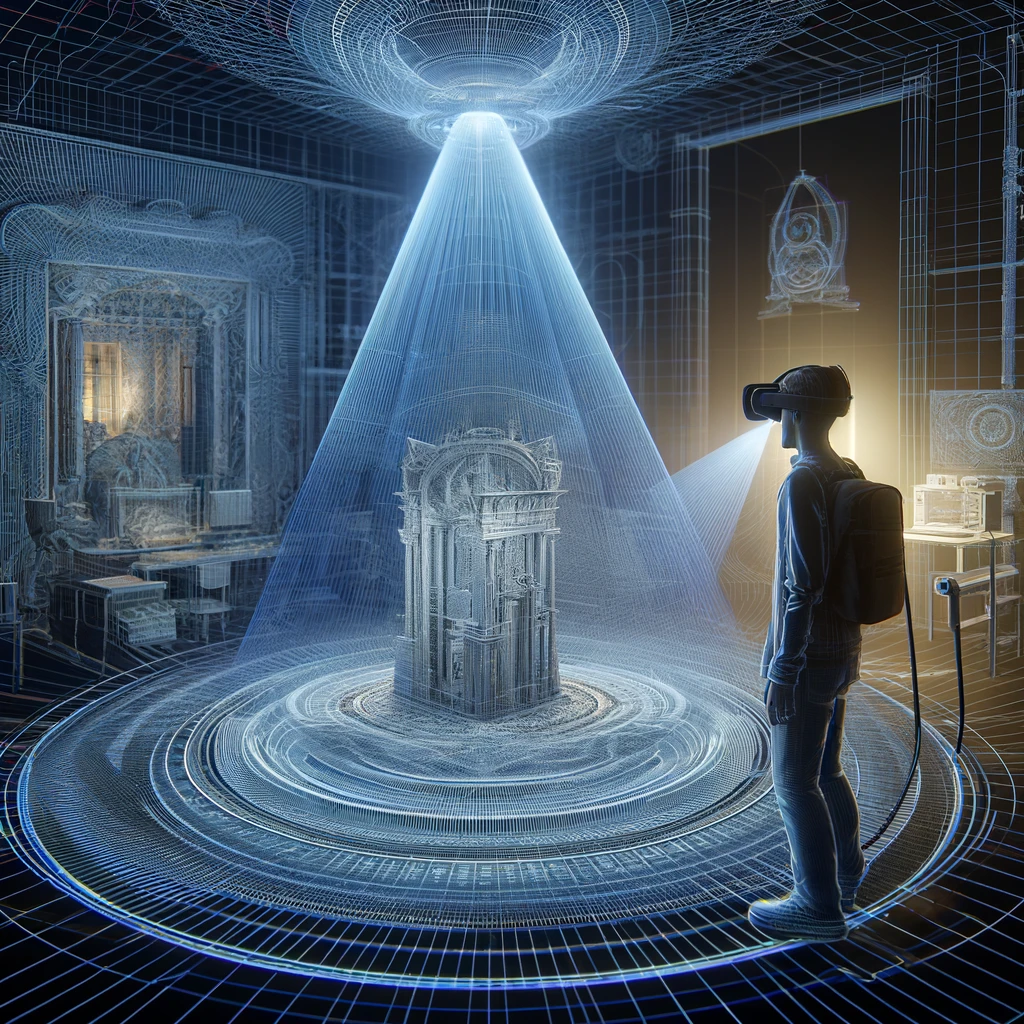
The Future: AI and Beyond
The evolution of computer vision doesn’t stop here. The integration of artificial intelligence (AI) with 3D and volumetric scanning is unlocking even more possibilities. AI algorithms can now enhance 3D models, filling in gaps and improving accuracy in ways that were previously unimaginable.
Looking ahead, the potential applications of these technologies are almost limitless. From creating more lifelike virtual assistants to advancing medical imaging, the future of computer vision is bright—and it’s expanding beyond the screen into the real (and virtual) world.
Conclusion
The journey from 2D images to 3D worlds in computer vision has been nothing short of remarkable. What started as a way to identify objects in simple pictures has evolved into a powerful tool that’s reshaping how we interact with technology. As computer vision continues to advance, we can expect even more innovative applications that will change the way we see and experience the world around us.


